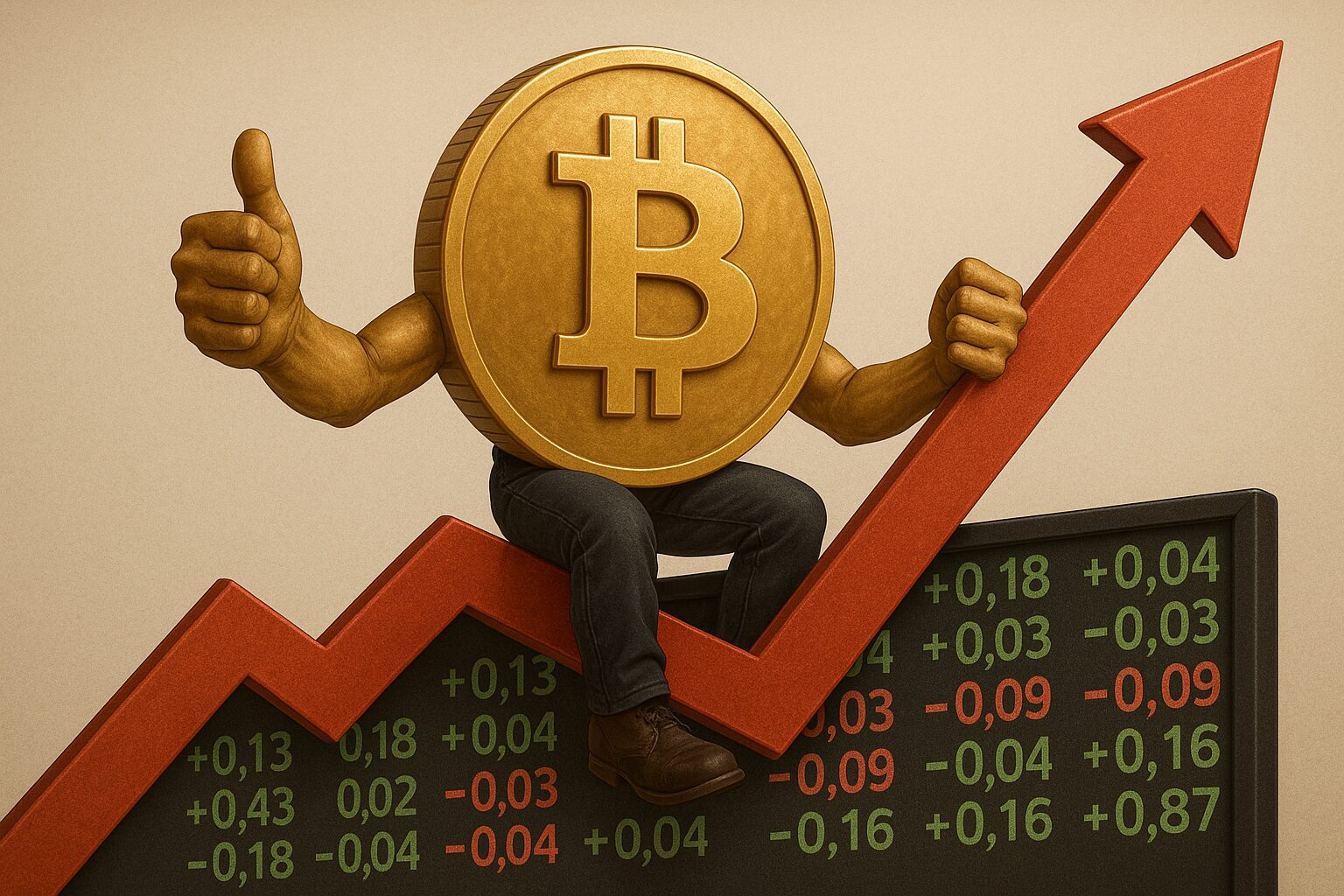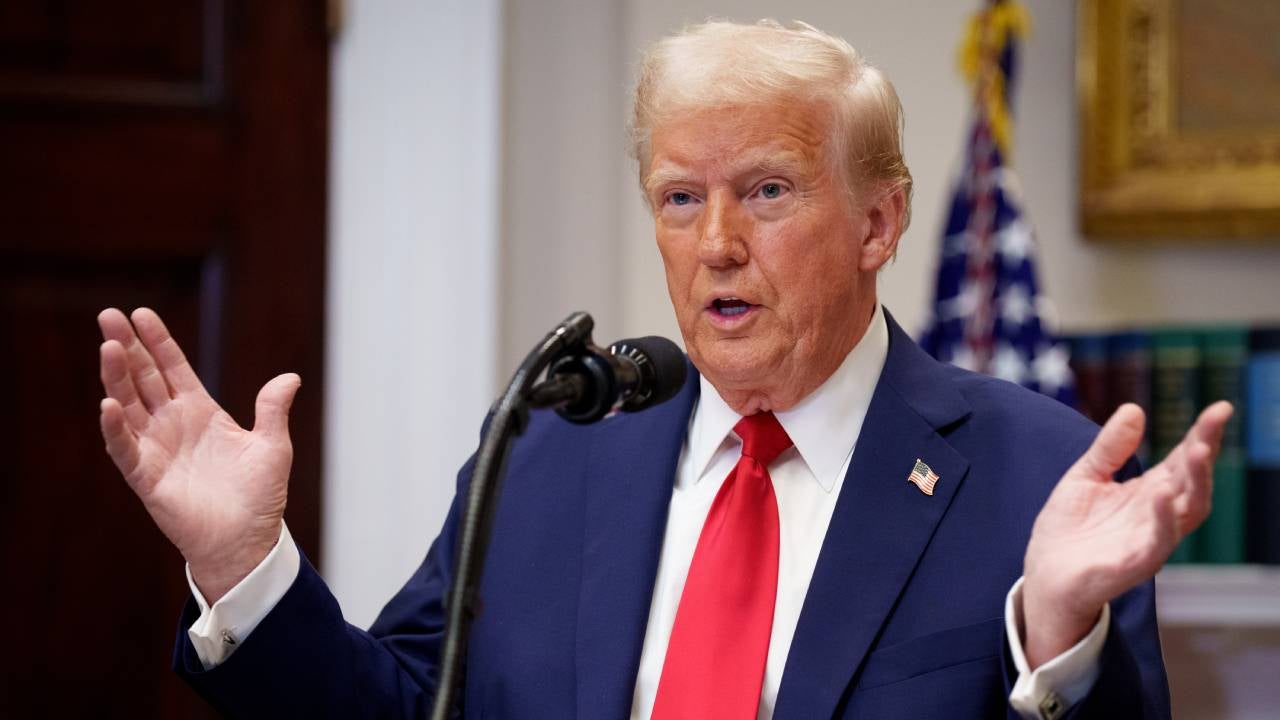Stablecoins Unveiled: The Cryptocurrency That Promises Calm in a Volatile Market

Stablecoins: The Cryptocurrency Revolution Knocking on Mainstream's Door
In the rapidly evolving world of digital finance, stablecoins are emerging as a game-changing cryptocurrency that could bridge the gap between traditional banking and the crypto ecosystem. Unlike volatile cryptocurrencies like Bitcoin, stablecoins are designed to maintain a consistent value, typically by being pegged to stable assets like the US dollar.
Congress is now racing to create a comprehensive regulatory framework for these digital assets, recognizing their potential to transform financial transactions and monetary systems. Lawmakers are keenly aware that stablecoins represent more than just another cryptocurrency—they could be a pivotal technology reshaping how we think about money in the digital age.
What Makes Stablecoins Different?
The key distinguishing feature of stablecoins is their price stability. While traditional cryptocurrencies can experience wild price swings, stablecoins are engineered to maintain a steady value. This makes them attractive for everyday transactions, international transfers, and as a potential safe haven during market volatility.
Regulatory Landscape
As stablecoins gain momentum, regulators are working to establish clear guidelines. Their primary concerns include consumer protection, preventing money laundering, and ensuring the financial stability of these digital assets. The ongoing congressional discussions signal a serious commitment to integrating stablecoins into the formal financial ecosystem.
What Investors Should Know
For those interested in stablecoins, it's crucial to understand their mechanisms, potential risks, and the evolving regulatory environment. While they offer promising advantages, investors should approach with informed caution and stay updated on legislative developments.








